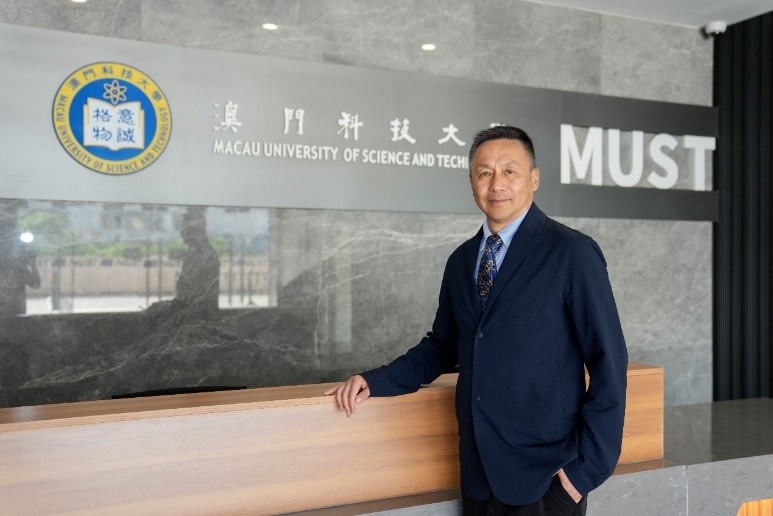
Faculty of Medicine researchers at the Macau University of Science and Technology (M.U.S.T.), together with doctors of the Shanghai Ninth People’s Hospital of Shanghai JiaoTong University, have developed an innovative approach that leverages the incredible regenerative capabilities of the human body, utilizing the patient's own stem cells to bioengineer ear and finger joints, offering new hope for individuals who are born with ear deformities, or those who have suffered from ear or finger trauma. This study, published in Cell Reports Medicine, demonstrated the regeneration of anatomically accurate cartilage and bone constructs using nothing more than a 3D-printed mold implanted on the thin piece of membrane covering the rib.
“Traditionally, the treatment of bone and tissue defects has been a complex and challenging endeavor, with unsatisfactory success rates”, says Chair Professor Kang Zhang from the Faculty of Medicine (M.U.S.T.), one of the study’s lead authors. “Tissue regeneration usually requires adding several artificial elements such as scaffolds or even stem cells grown in the laboratory. This increases the chances of the body rejecting the regenerated construct, infection, or tumor formation. In contrast, our novel method eliminates the need for exogenous scaffolds or elements, streamlining the process and significantly enhancing the potential for successful regeneration.”
This groundbreaking research has yielded remarkable outcomes, with the successful treatment of both unilateral microtia and deformed finger joints. Not only do these procedures address functional deficiencies, but they also deliver aesthetically pleasing results, providing a comprehensive solution for individuals facing these challenges.
Professor Manson Fok, Dean of the Faculty of Medicine said, “Tissue repair and regeneration using patients’ own stem cells represents an ultimate goal in regenerative medicine. This remarkable study is great news for patients with cartilage or bone deformities and opens the door for treating many other diseases that would otherwise be untreatable.”
Access the link below: https://doi.org/10.1016/j.xcrm.2023.101156

